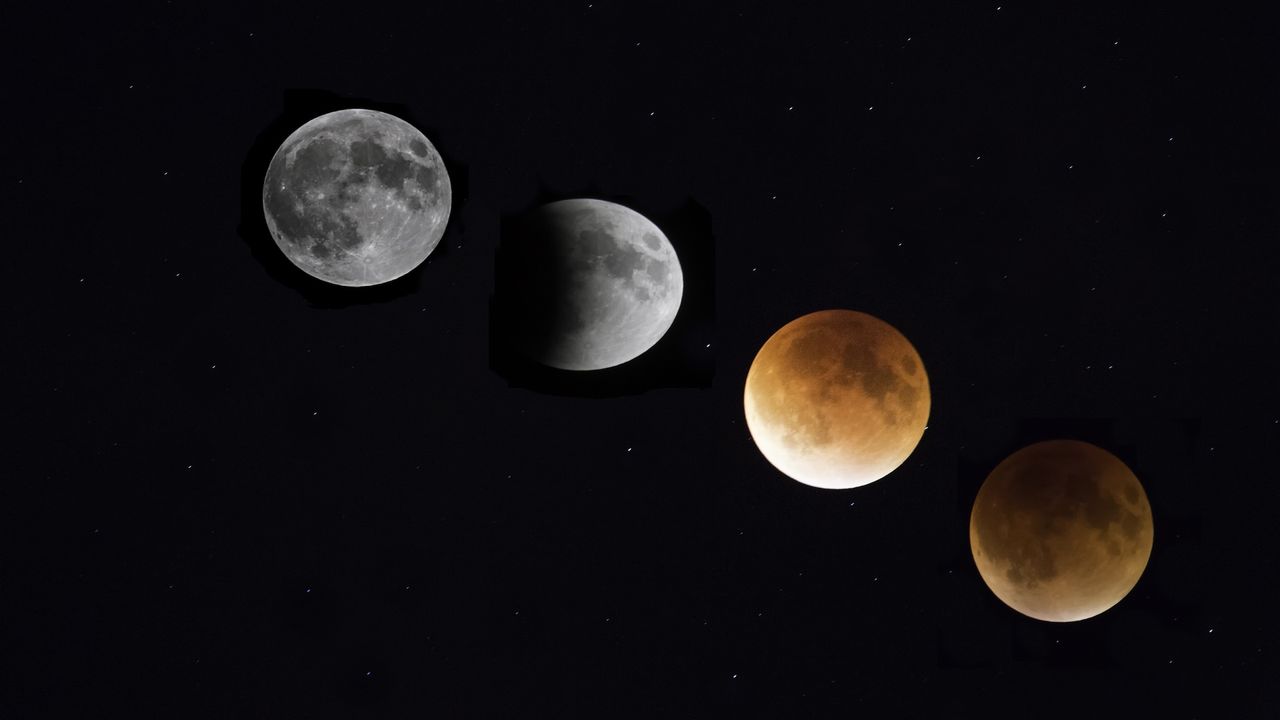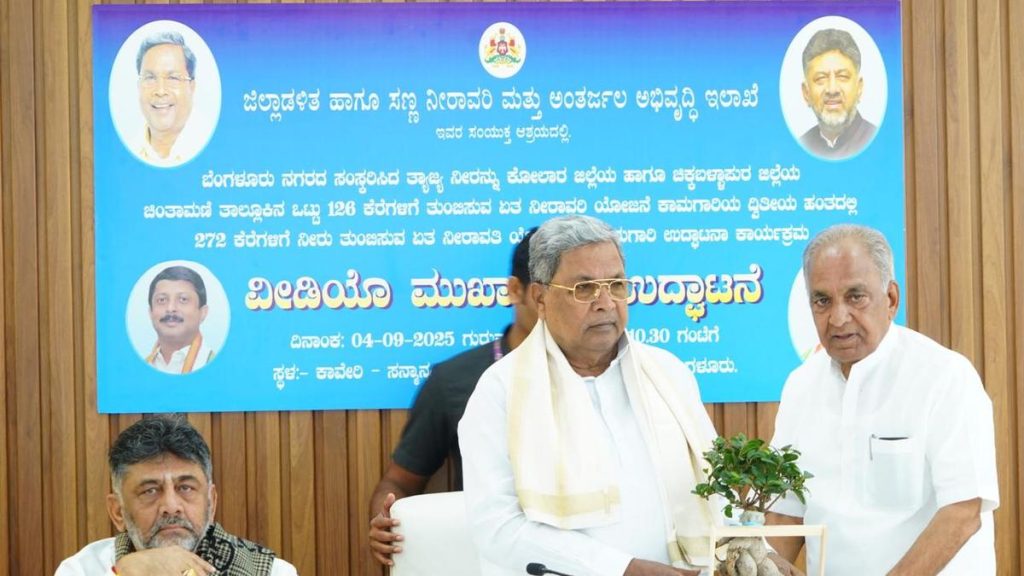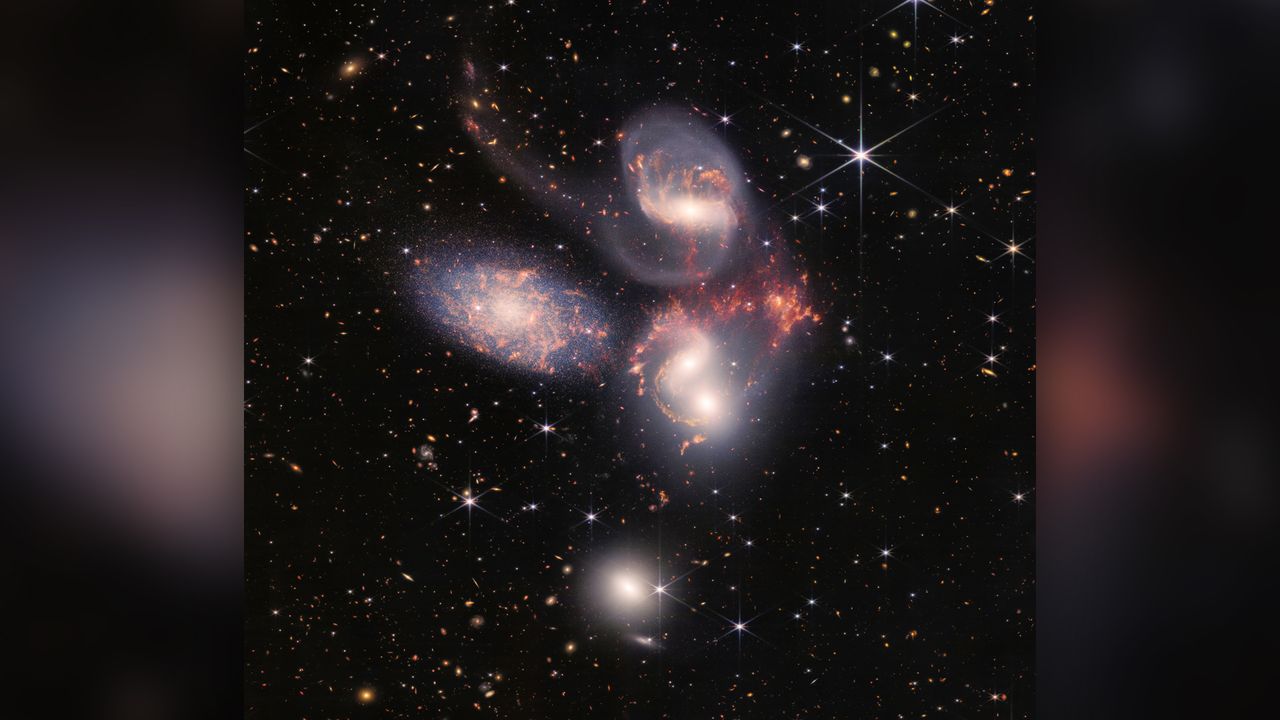Now Reading: Weekend’s Blood Moon Eclipse: Where to Watch in India
-
01
Weekend’s Blood Moon Eclipse: Where to Watch in India
Weekend’s Blood Moon Eclipse: Where to Watch in India

Fast Summary
- A total lunar eclipse, referred to as a “blood moon,” will occur on Sept. 7-8 and be visible from Australia, Asia, africa, and parts of Europe.
- It marks the longest total lunar eclipse since 2022, lasting about five hours overall wiht a copper-reddish phase for 82 minutes.
- Around 71% of the world’s population (5.8 billion people) can view the event from areas on Earth’s night side; North America misses out due to daytime alignment.
- The eclipse starts at 11:28 AM EDT (15:28 UTC) with Earth’s shadow beginning to dim the moon’s light (penumbra phase). The full reddish appearance begins at 1:30 PM EDT (17:30 UTC) as it enters Earth’s umbra.
- The total eclipse ends by 4:55 PM EDT after reversing phases back through the penumbra.
- Livestreams are available via Time and Date’s cyprus feed and Italy’s Virtual Telescope Project.
Indian Opinion Analysis
Events like this total lunar eclipse remind us how interconnected global astronomical phenomena are across cultures – especially in regions like India with its rich tradition of cosmic observation. India falls within viewing zones where this celestial spectacle may delight millions without requiring special equipment. Such occurrences emphasize science’s worldwide accessibility; anyone equipped with curiosity can experience awe while observing natural wonders beyond human intervention or boundaries.This spectacle could inspire communities in India to engage more actively in astronomy education while utilizing technology for astrophotography or virtual observations via livestreams provided by organizations overseas-bridging gaps between ancient practices and modern tech-driven explorations.
Read More: Live Science




























